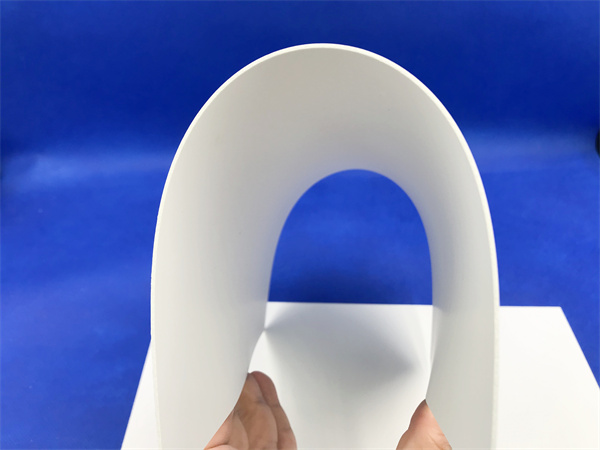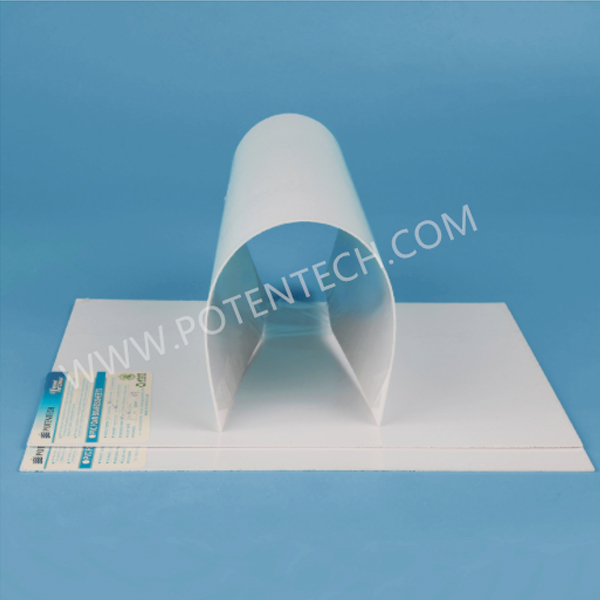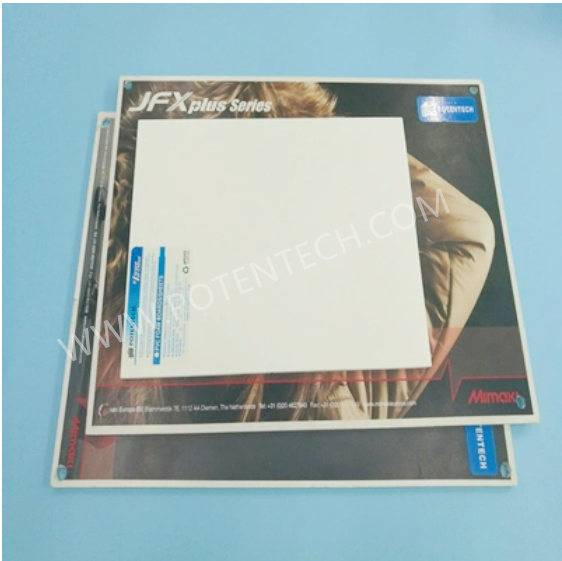White Sintra Expanded Grade PVC Sheet
Applications:
For Silk Screen Printing

For caving

For UV Flat Bed Printing

For UV Printing

For Display Application

RECOMMENDATIONS FOR THE PREPARATION FOAM PVC SHEETS
Static Electricity is a natural environmental phenomenon that can produce unacceptable results in digital printing applications. The ultra fine inkjet nozzles in modern printing equipment fire miniscule droplets of ink onto the surface of the print media and the presence of static electricity can cause these droplets to deflect from their intended path, resulting in variable ink coverage across the media.
Many of the substrates used within the Digital Print industry can be sensitive to static and it is vital that all precautions are taken when preparing these materials before printing. Listed below are a series of recommendations relating to the preparation of Foam PVC Sheets prior to processing through a digital print machine.
MATERIAL HANDLING & STORAGE
Always use lint free gloves when handling sheets and ensure that FOAM PVC SHEETS' surface to be printed is not touched by uncovered hands, as this can leave a greasy residue on the sheet.
Avoid dragging sheets across each other, as this can impart additional and unwanted static into the material.
Allow newly delivered material time to settle before printing, as movement during transportation can cause an increase in static.
HUMIDITY & TEMPERATURE
Humidity & temperature can have a direct influence on the static levels within all materials includes FOAM PVC SHEETS:
Try to maintain the relative humidity at 50% or more within the area of the printing machine. This can be controlled with the use of a Hygrometer
Avoid fluctuations in temperature around the machine by keeping doors and windows closed and minimising drafts and areas of rapidly moving air.
REDUCING STATIC ELECTRICITY
The use of professional ionizing equipment is the most effective way of discharging static electricity and it is recommended that ionization should take place immediately prior to printing.
Anti-static Bars are now standard on many machines and in most cases these can also be retro-fitted to printers that do not already have one installed.
Ionizing Air Pistols are also highly effective. They replace the need to wipe the sheet with an anti-static brush or cloth whilst also ionizing the surface at the same time.
Anti-static brushes are less effective than a bar or a pistol but can be used in the absence of the other two options.
It is in the interest of the printer to ensure that all static is discharged from substrates prior to digitally printing them. It is also recommended that trials be carried out on any substrate to ensure that the optimum print results are obtained.
















